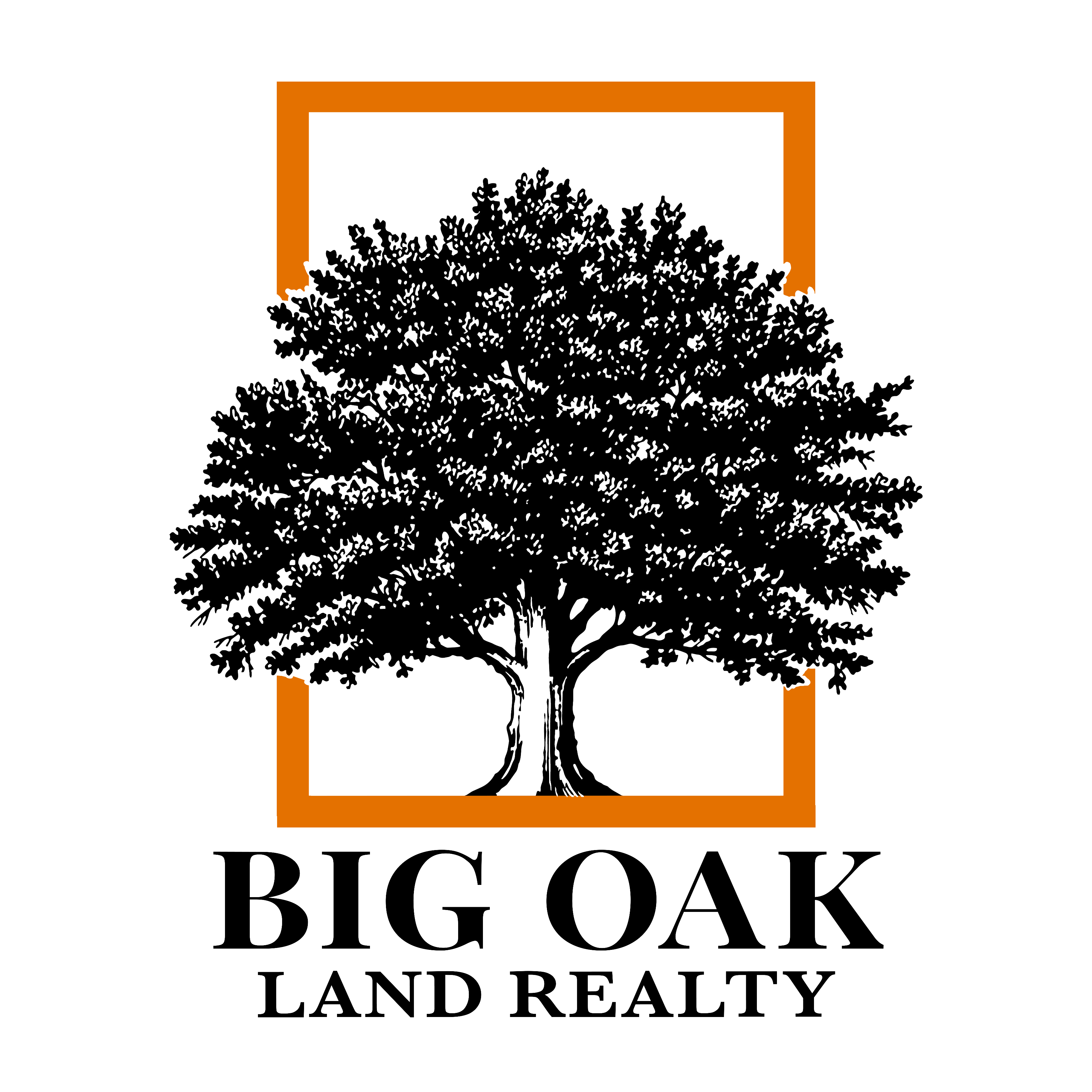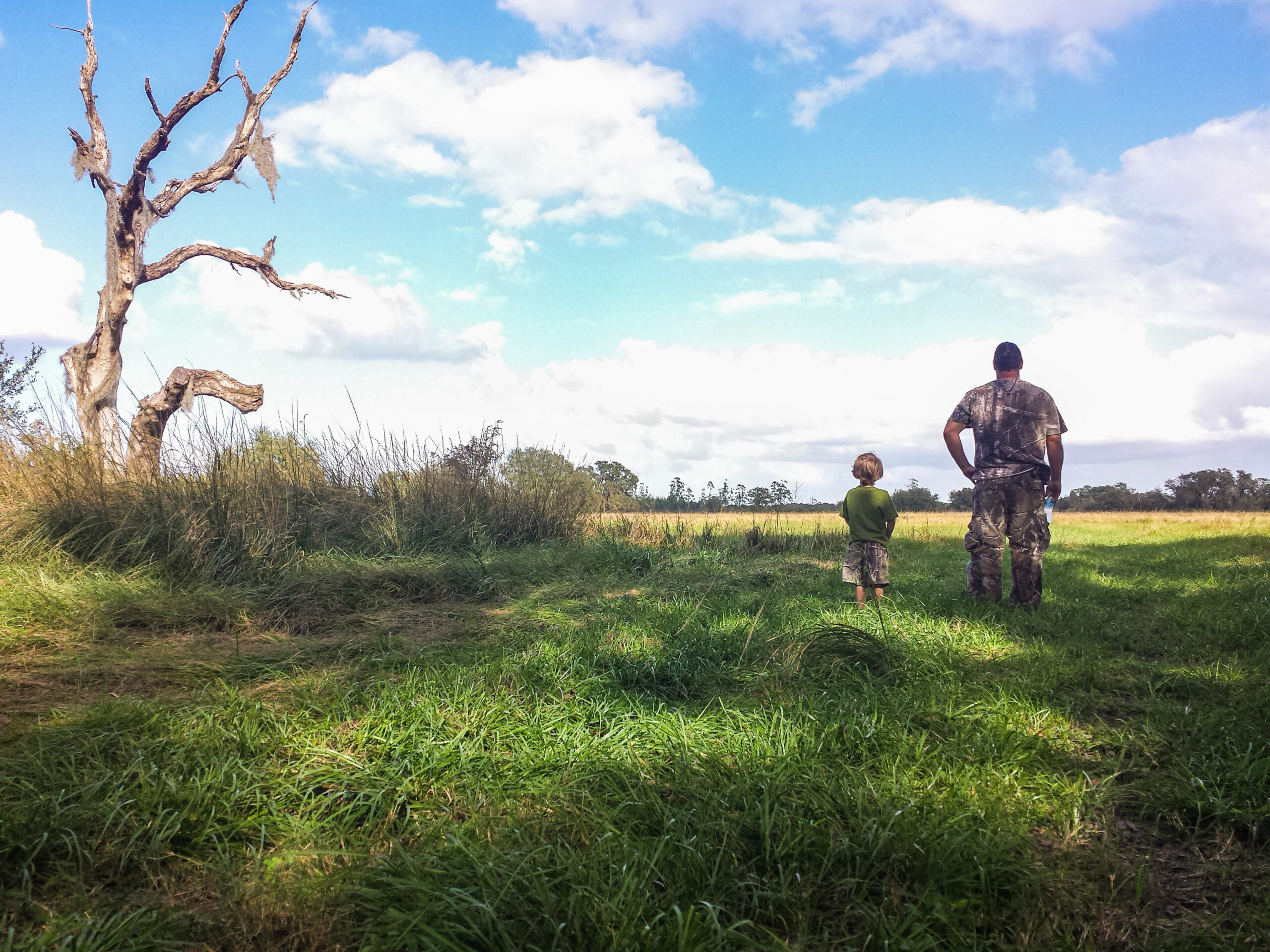For professional hunter and outdoor personality Phillip Culpepper, land isn’t just a place to chase gobblers or hang a treestand—it’s a lifelong investment in legacy, stewardship, and the relationships that bloom in between. “Land ownership is more than just holding the deed,” he says. “It’s the memories, the moments, and what you’re building for the next generation.” Many first-time buyers in the hunting and land management space find themselves overwhelmed when buying land. Questions about location, timber value, wildlife potential, and neighboring properties can muddy the waters fast. But Phillip, who’s spent years traveling the country chasing turkeys and filming outdoor content, has a clear view of what matters most—and what doesn’t.
“I don’t care if it’s 40 acres or 4,000,” he says. “You can make it special if you put the time into it. It’s all about what you do with it.”
Where to Begin: Purpose-Driven Buying
When Phillip talks to first-time land buyers, he doesn’t start with soil maps or market comps. He starts with one question: “What are you trying to get out of it?”
“Man, it doesn’t have to be about killing a 170-inch deer every season,” he says. “You might just want a place to hear a turkey gobble, take your kid fishing, or burn a little brush on the weekend.”
That mindset shift—buying land for experience rather than ego—is something Phillip says is too often overlooked. “Everybody’s worried about Wi-Fi and whether the cabin’s fancy,” he laughs. “I love the guy who says, ‘I’m looking for peace and quiet.’ That’s who’s gonna love owning land.”
For those looking to start small, Phillip’s advice is clear: don’t get paralyzed by scale. “Don’t sit there and say, ‘I only have 100 acres, so I can’t do anything.’ I’m telling you—if your neighbors are on the same page, that 100 acres can hunt like 500.”
What Makes Good Hunting Land? It Depends on What You Value
Phillip has hunted nearly every terrain type the Southeast has to offer. But his best advice isn’t about secret formulas or magic soil—it’s about thinking like the animals you’re trying to manage.
“You can look at a place that’s got beautiful hardwoods, big mature timber, postcard perfect,” he says. “But if a hen can’t hide her nest, you ain’t gonna have turkeys.”
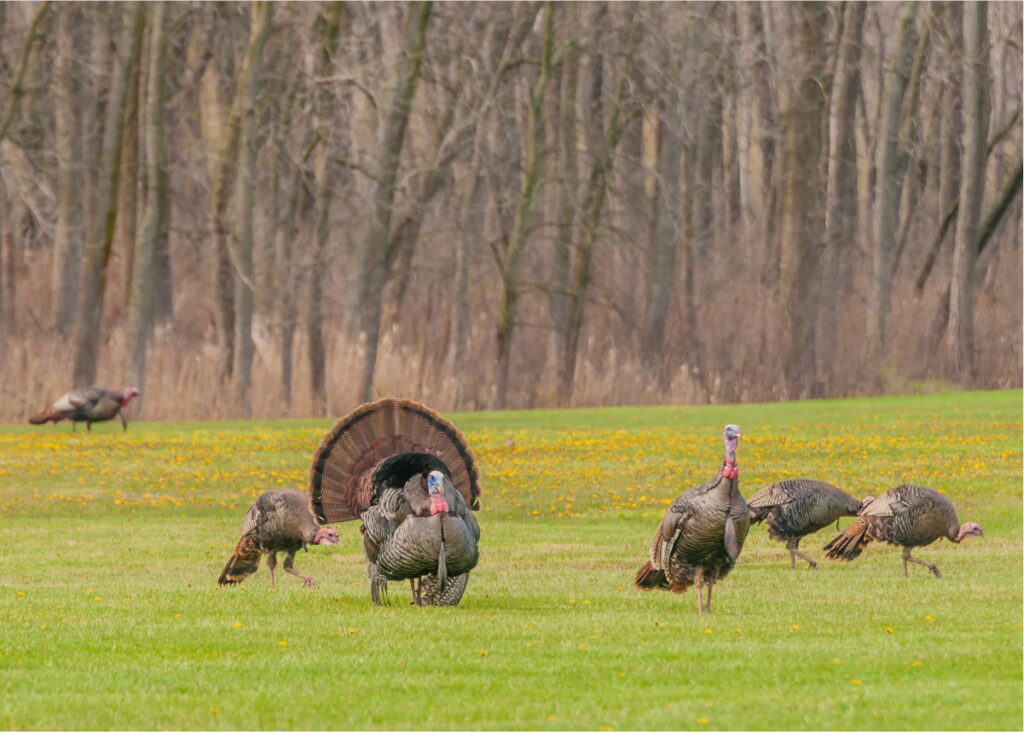
Phillip believes that purchasing land for the experience rather than for ego is something that’s often underestimated.
Instead of focusing purely on aesthetics when buying land, he tells buyers to look at three core elements: nesting and escape cover, food availability, and hunting pressure. “It doesn’t have to be pretty. A little thick, a little gnarly—that’s what holds wildlife,” he says. “The pretty stuff is what people want to Instagram, not where the birds are living.”
And when it comes to neighbors, Phillip doesn’t pull punches. “You’re only as good as your neighbors,” he says. “If you’re trying to grow good deer, or protect a turkey hatch, and your neighbor’s whacking every jake that walks—well, that’s a problem.”
Land Management: Start Small, Think Long-Term
For Phillip, buying land is about more than just opening day. It’s about building something with lasting value, both for wildlife and for people.
“Man, when I see a place that’s been cut up the right way—with native grass patches, burn sections, thick edges—I know somebody’s put their heart into it,” he says.
Even basic improvements, like letting your clover plots grow through the spring or delaying mowing until August to protect nesting habitat, can make a huge difference. “I tell people all the time—just because deer season is over doesn’t mean you stop thinking about turkeys,” he says.
When asked what the most impactful land management practice is, Phillip doesn’t hesitate. “Trapping. It ain’t glamorous, but it’s the fastest way to make a difference.” Nest predators like raccoons, possums, and skunks wreak havoc on turkey populations, especially in the South. “You can do all the habitat work in the world, but if you’ve got 40 coons working your place, it’s not gonna matter.”
Don’t Let Social Media Set Your Expectations
In an era where every turkey photo is filtered and every deer has a backstory, Phillip offers a refreshing dose of reality. “The internet’s full of people telling you what you’re doing wrong,” he says. “Forget that. Kill your turkeys how you want to kill them—as long as it’s legal and ethical.”
That same logic applies to land ownership. “There’s no blueprint,” he says. “If it’s your place, manage it your way. Maybe you want to raise timber. Maybe you want a dove field. Maybe you just want a fire pit and no cell service. That’s fine.”
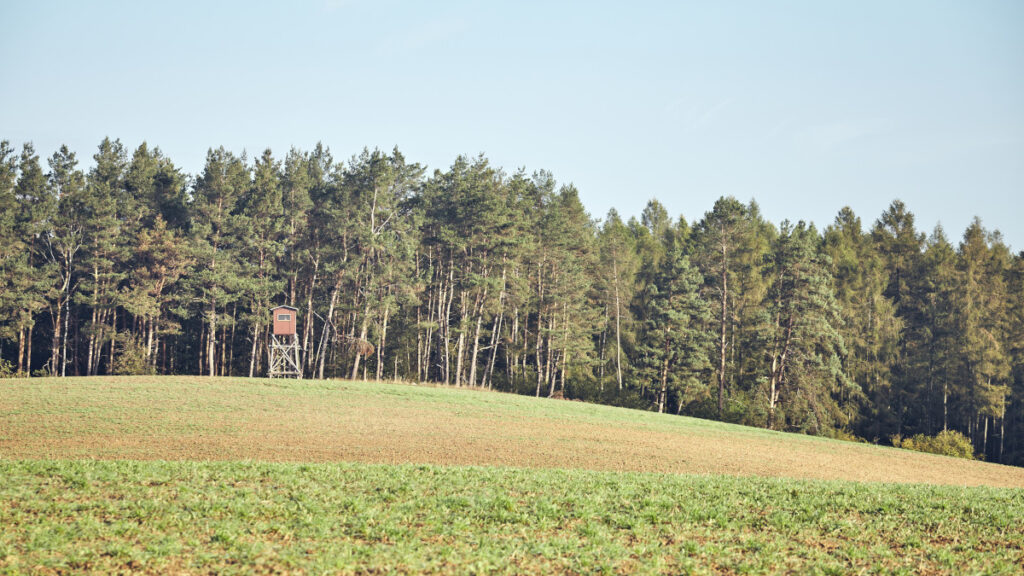
Buyers should prioritize nesting and escape cover, food availability, and hunting pressure over aesthetics when purchasing land.
Phillip says too many people get caught up in chasing perfection or comparing their setup to someone else’s. “At the end of the day, this is supposed to be fun,” he says. “If you’re stressing about what some guy on Instagram thinks of your food plot, you’re missing the point.”
Building a Legacy: It’s About People, Not Just Property
One of Phillip’s deepest beliefs is that land should be shared—and not just with game animals. “The real reason you buy land is for the memories,” he says. “Not just the big buck or the longbeard, but the friends who came out, the kid who shot their first deer, the firewood you split with your dad.”
That’s why he urges landowners to take someone new hunting every season. “You never know what that might mean to them,” he says. “Somebody out there’s waiting to have their life changed by the outdoors—you could be the one who hands them the key.”
For Phillip, being a landowner isn’t just a personal accomplishment—it’s a responsibility. “We’re not just holding onto dirt,” he says. “We’re stewards of something that’s gonna outlive us. So treat it that way.”
Final Advice: Buy What You Can Manage, Not What You Can Brag About
When asked what he’d say to someone standing on the edge of buying their first piece of hunting land, Phillip leans back and smiles.
“Don’t overthink it. Don’t overextend yourself. Just buy what you can manage, something you’re excited to wake up and go work on,” he says. “Start with what fits your life. And then? Go make it yours.”
And when that first gobbler roars down in the bottom on a foggy spring morning, you’ll know—you didn’t just buy land. You bought into something that can’t be measured in acres or dollars.
“You’ll sit on the porch with a buddy one day,” Phillip says, “and you’ll hear that turkey gobble, and it’ll all make sense. That’s the moment right there—that’s why we do this.”
